Expected to retail for around US$100 when it goes on sale in mid-December, the rechargeable brick-like receiver will include an internal Wi-Fi module and external antenna for tuning into the One-Seg (or 1seg) mobile terrestrial broadcasting service available in Japan and parts of Brazil.
The device will deliver the One-Seg signal to iPhones via Wi-Fi through a specialized application that will be made available on the App Store free of charge. This frees users to place the receiver in their purse or pocket. Alternatively, the gadget can be connected to iPhones via the dock connector, where it can then serve as an secondary iPhone battery.
It appears that Softbank, Apple's exclusive iPhone carrier in Japan, will market the unnamed device through its retail stores, advocating "around 3 hours" of continuous One-Seg viewing time. It weighs in at about 2.8 ounces and measures approximately 2.0 x 3.5 x 0.6 inches — slightly more compact than the iPhone but a bit thicker and lighter. It can be fully recharged in about 2 hours over an AC power supply or about 4 hours over USB.
Earlier this week, Softbank announced that iPhone sales drove a near 2 percent rise in quarterly profits for its September quarter.
"The iPhone certainly supported our profit and boosted the number of new mobile phone subscribers during the quarter," a company spokesperson said. "Since the July launch, iPhone sales have been very good."
Still, there's a lingering debate among industry watchers about whether the iPhone has met initial expectations in the Far East or come up well short due to routine difficulties faced by most handset vendors when attempting to crack the Japanese cell phone market.
In a report last month, the Wall Street Journal said one barrier to adoption has been the iPhone's lack of features that are familiar to Japanese consumers and found on most other handsets sold locally. Among them were "emoji," a form of clip art that can be inserted in sentences to spruce up email messages, digital television, satellite navigation service, and chips that let owners use their phones as debit cards or train passes.
Apple and Softbank appear to be working together to fill the gaps, one feature at a time. It was recently discovered the iPhone Software 2.2, due out by the end of the year, will deliver emoji support. Meanwhile, Softbank's TV tuner device will attempt to plug the digital television void, though it remains to be seen whether Japanese consumers will find the clunky device a viable solution.
 Sam Oliver
Sam Oliver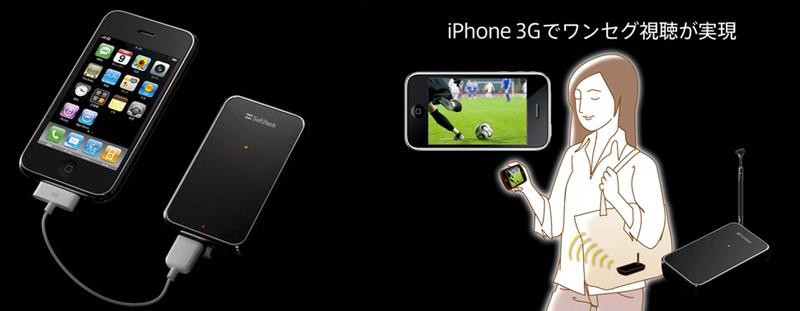
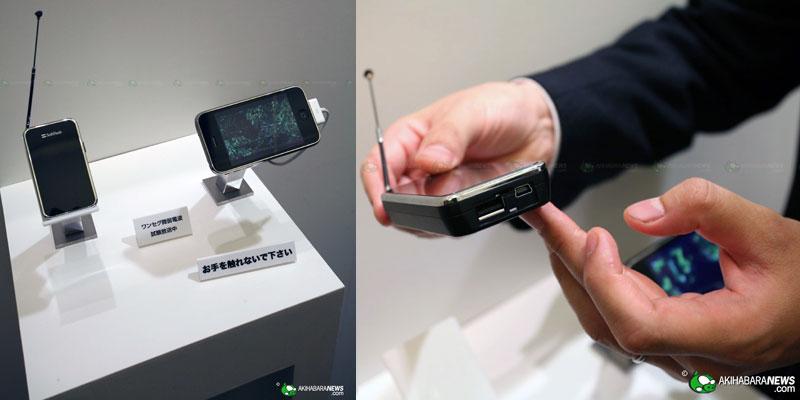
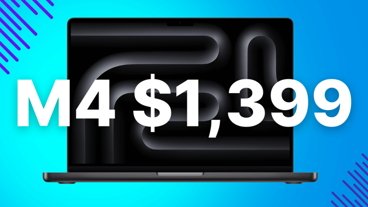






-m.jpg)





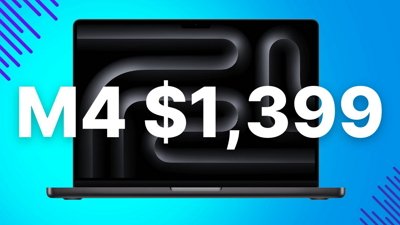
 Christine McKee
Christine McKee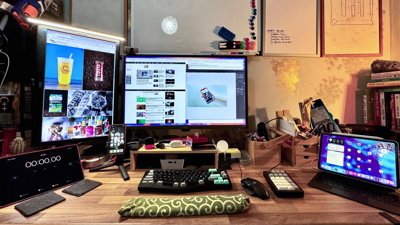
 Malcolm Owen
Malcolm Owen

 Sponsored Content
Sponsored Content

 Amber Neely
Amber Neely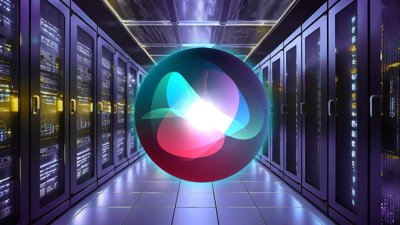



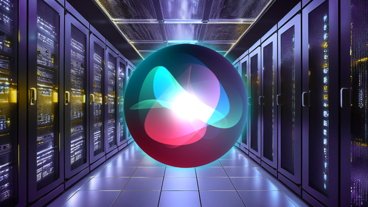







23 Comments
Does it have to be so big ?
How come TV phones in Japan are so small in comparison ?
Does it have to be so big ?
How come TV phones in Japan are so small in comparison ?
I am also surprised at how thick it is. That ad makes it look really thin, but it's really not. I will look at it if they keep the price below 1 man, as I like the idea that it also functions as a backup battery for when I'm away from a power source and need some extra juice.
What would be good is if they also offer a desktop application for Mac (and Windows) users, as the tuner works over wifi there is no reason they couldn't. That way I could place the tuner near a window and access 1-seg from my laptop while I work etc
It also seems to violate Apple's patent on the "look" of the iPhone being as it is the same shape, has a black glass front, with the exact same chrome ring, etc.
Not that Apple has so far moved against all the obvious copy-cats, but this is a bit closer than most. When viewed from the front, it could easily be mistaken for an Apple-branded device.
AT&T has some kind of "Mobile TV" service that is available on certain phones. Too bad it isn't on the iPhone. I assume it's just an add-in chip ... a lot simpler than this bulky thing.
http://www.wireless.att.com/learn/me...net/mobile-tv/
Then again, I could also wish for AM/FM/Sirius/XM radio and ATSC TV receivers, as well.
Well, AM/FM, would at least be nice. Of course there's no profit to Apple for providing access to free content.
I have mentioned this in other threads before.
When iPhone constantly getting data from wifi and use software to decode the data, the battery won't last more than 1 hour (more like 40 minutes). This is exactly what's going on here.
So, the main component of this TV tuner is actually the battery to charge iPhone and get the 3-hour viewing time.
This is a pretty bad solution for a common customer demand. If Apple had it built-in (so no need to use wifi, and the decoding uses hardware instead of software), it would be super small and hardly has any impact on battery life (comparing to regular video viewing).